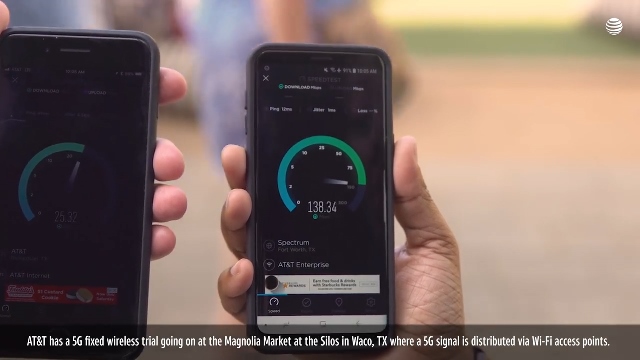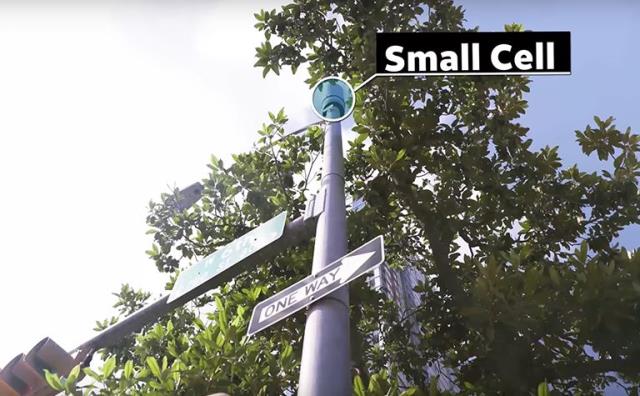Jeff McElfresh, president of AT&T Technology Operations, announced the US telecom operator’s strategy plans for 2019.
 AT&T said data traffic on its mobile network has grown more than 470,000 percent since 2007 with video making up half of mobile data traffic.
AT&T said data traffic on its mobile network has grown more than 470,000 percent since 2007 with video making up half of mobile data traffic.
Video could make up more than 75 percent of AT&T’s mobile traffic by 2022 driven by growth in 4K video, autonomous cars, drones, VR/AR and mobile gaming.
AT&T strategy plans
AT&T started launching 5G Evolution in 2018 and now reached the coverage in 400 plus markets. 5G Evolution technologies enable a peak theoretical wireless speed of at least 400Mbps for capable devices.
AT&T will continue offering 5G+ coverage over millimeter wave spectrum in 2019. AT&T plans to begin deploying the lower band spectrum in the second half of this year and plan to have nationwide coverage available in early 2020.
AT&T confirmed plans for three 5G devices for 2019: NETGEAR Nighthawk 5G Mobile Hotspot and two 5G smartphones from Samsung this year.
AT&T launched LTE-LAA in two dozen markets, launching the technology in parts of 55 cities. The LTE-LAA network has a peak theoretical wireless speed for capable devices of 1 gigabit per second.
 AT&T has agreements with cities of San Jose and Los Angeles, Calif., for the deployments of small cells.
AT&T has agreements with cities of San Jose and Los Angeles, Calif., for the deployments of small cells.
AT&T, which made investment for the deployment of LTE-M in 2017, connects more IoT devices than any other provider in North America. It plans to launch Narrowband IoT (NB-IoT) in the U.S. in the coming months and in Mexico by the end of 2019.
AT&T covers over 40 percent of FirstNet network coverage targets in 2018. There was an increase in AT&T LTE coverage and the FirstNet public safety communications platform by more than 50,000 square miles nationwide, covering an additional 1 million individuals.
AT&T said it aims to enhance network capacity by 50 percent since 2017 – providing connectivity for consumers and first responders in urban and rural areas nationwide.
AT&T Fiber reached more than 11 million locations across 84 metros nationwide, and plans to reach 14 million locations by mid-year.
AT&T enables nearly 2.2 million U.S. business customer locations with high-speed fiber connections by serving nearly 500,000 U.S. business buildings lit with fiber from AT&T.
By the end of 2018, AT&T offered high-speed internet to over 660,000 locations across 18 states in mostly rural areas through technologies like Fixed Wireless Internet, as part of the FCC Connect America Fund. AT&T plans to reach over 880,000 locations in 2019 and 1.1 million locations by the end of 2020 in those 18 states.
AT&T plans to virtualize and software-control 75 percent of core network functions by 2020. In 2018, it reached the 65 percent mark as planned, taking advantage of the Open Network Automation Platform (ONAP).
Open Network Automation Platform initiative is making it faster and more cost effective to deploy technologies. For example, the routers in its cell towers have been purchased as specialized, self-contained units from a small handful of vendors.
In 2018, AT& decided to design its own cell site routers and released those hardware specs as open blueprints so any hardware maker can build them for AT&T.
“We’re running our own open source software on those routers. In 2019, we plan to deploy thousands of these “white box” routers on towers across our network,” said Jeff McElfresh, president, AT&T Technology Operations.
AT&T announced plans to co-develop a software platform to enable the creation of open source software under the Linux Foundation. The goal is to accelerate the deployment of open source software for the network.





